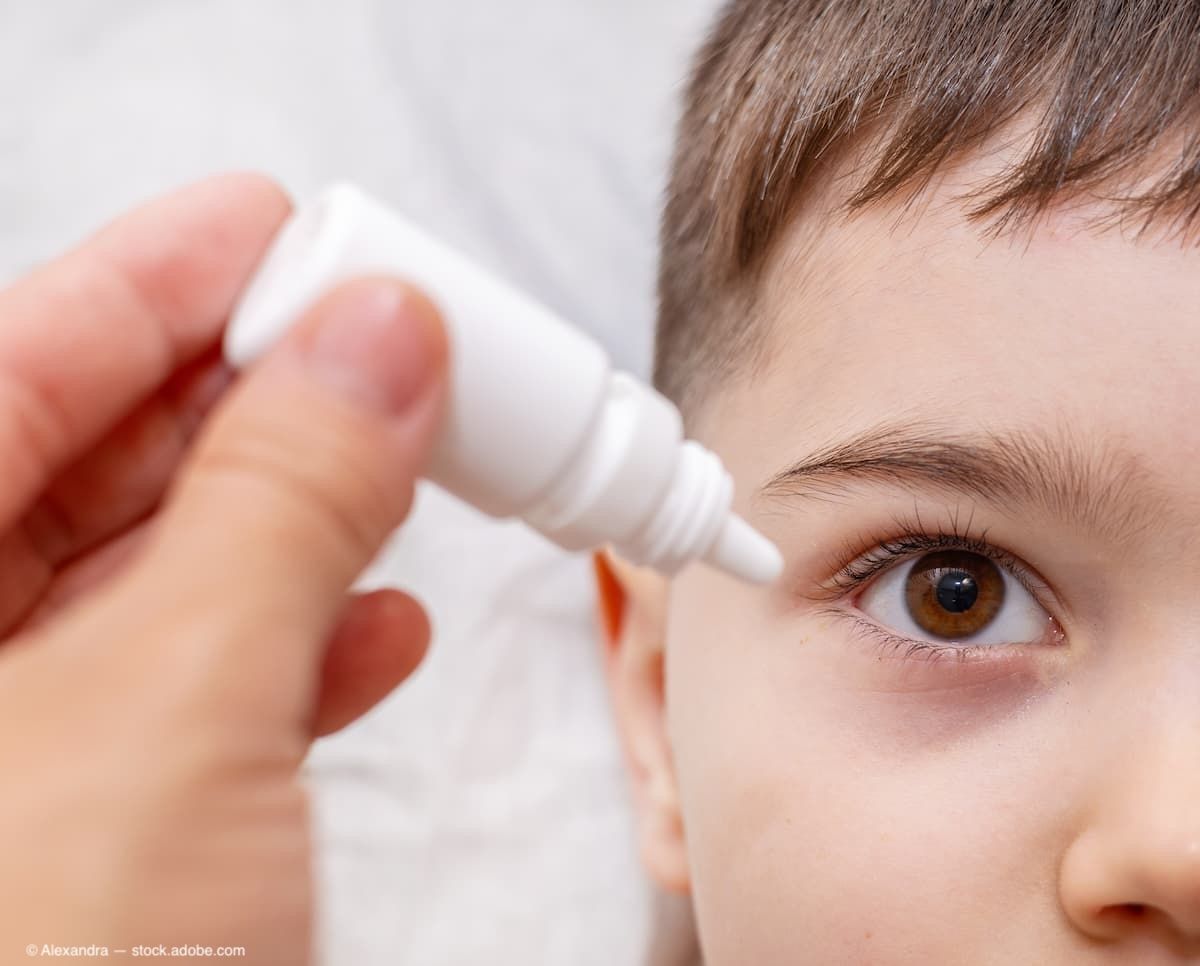Article
Report: History of diabetes in donor raises risk of DMEK graft preparation failure
Results from a retrospective, nonrandomized study show a strong association between donor history of diabetes and Descemet membrane endothelial keratoplasty (DMEK) graft preparation failure, said Mark A. Greiner, MD.
Chicago-Results from a retrospective, nonrandomized study show a strong association between donor history of diabetes and Descemet membrane endothelial keratoplasty (DMEK) graft preparation failure, said Mark A. Greiner, MD.
Acknowledging that the study has several limitations because of its design, Dr. Greiner said that the findings have important implications and additional investigation is warranted considering the rising prevalence of diabetes and the growing popularity of DMEK among cornea surgeons.
“It is reasonable to anticipate the cornea donor poll will become more concentrated with diabetic donors over the coming years,” said Dr. Greiner, assistant professor, Department of Ophthalmology and Visual Sciences, University of Iowa, Iowa City. “As a direct result of DMEK graft preparation failures in corneas from donors with diabetes and/or as an indirect result of the eye bank community responding by shunting more tissues to other keratoplasty procedures, an increased risk of DMEK graft preparation failure in diabetic donor tissue may affect tissue availability for DMEK.”
The study included data from two eye banks (Iowa Lions Eye Bank, Coralville, IA; Lions Vision Gift, Portland, OR) for 359 DMEK-prepared corneas of 290 patients. Nearly one-third of all corneas were from patients with a history of diabetes.
There were no significant differences comparing the diabetic and nondiabetic donor tissue groups with respect to donor age, death to preservation time, and endothelial cell parameters.
Overall, there were 19 (5.3%) cases of graft preparation failure, defined as tears through the graft area preventing tissue use. However, the DMEK preparation failure rate was significantly higher for the diabetic donor tissue group compared with the nondiabetic controls (15.3% versus 1.9%). And, in a site-adjusted statistical analysis, the odds ratio of DMEK graft preparation failure was over nine-fold higher using diabetic versus nondiabetic tissue.
Dr. Greiner also reviewed a hypothesis postulating a structural basis to explain the higher rate of graft preparation failure in the diabetic tissue. He noted if further study confirms diabetes as a risk factor for unsuccessful DMEK graft preparation, research should also be conducted to identify the subset of diabetic donors at risk.
Newsletter
Don’t miss out—get Ophthalmology Times updates on the latest clinical advancements and expert interviews, straight to your inbox.




